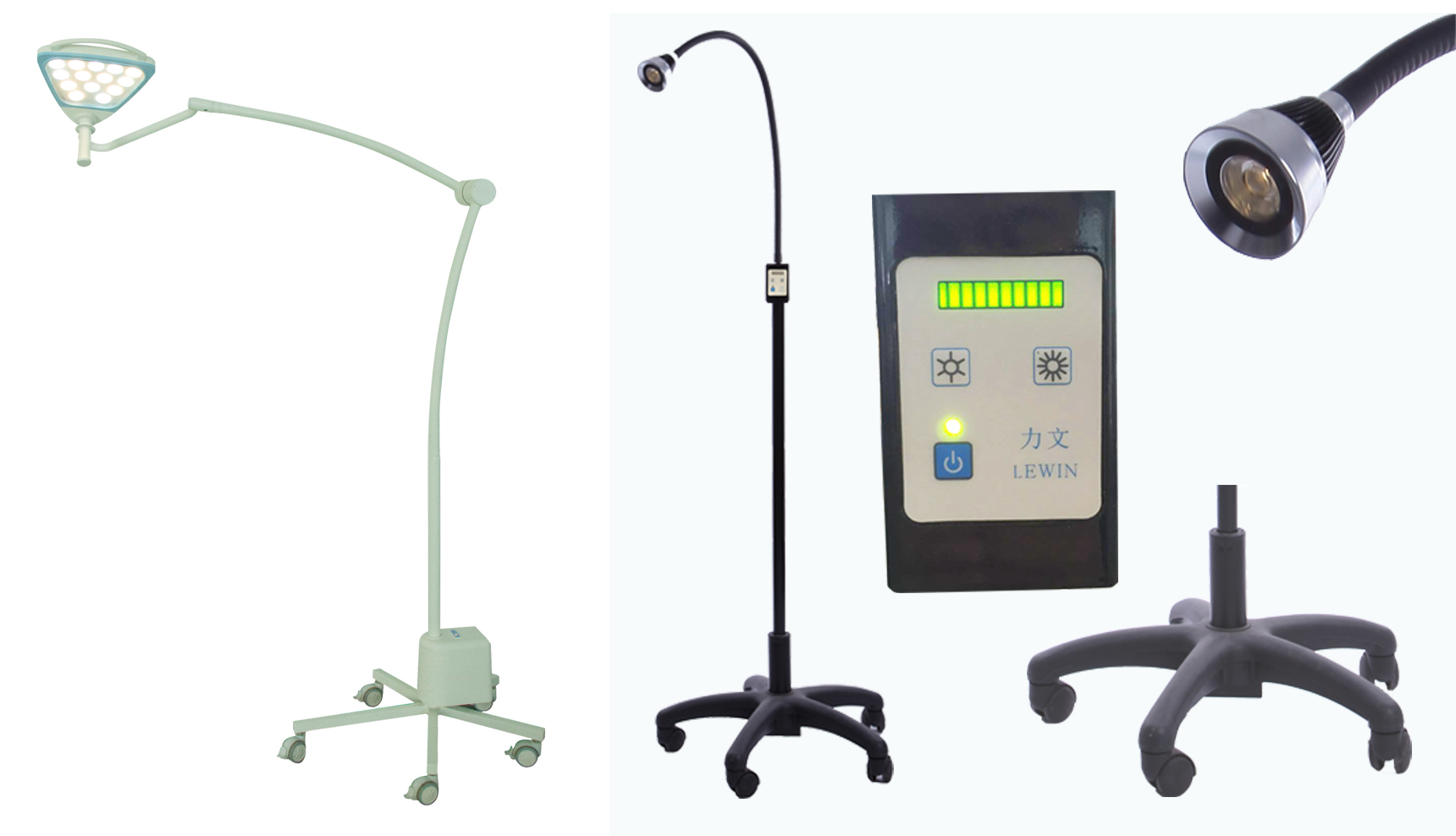Bacterial leaf blight occurs when there is more rainfall and higher humidity in the late stage of watermelon growth. Leaf blight is easy to occur. Initially, there are obvious water spots between the leaf margins or veins on the back of the leaves. When the humidity is high, the leaves may be dehydrated and withered. . Low humidity, high temperature, easy to form a diameter of 2-3 mm round to near-round brown spots covered with foliage, after the integration of large spots, thinning of the disease Department, the formation of leaf blight. The vine is susceptible to disease and produces a brown spot with a spindle or oval depression. The fruit is susceptible to disease. On the surface of the fruit, there appears a round brown concave spot around the surface of the fruit. It can gradually cause deeper rot in the flesh, and when the humidity is high, the disease minister produces grayish black to the black moldy layer. The prevention and control methods were sprayed with 50% puerarin 1000 times solution or 75% chlorothalonil 600 times solution before the onset of the disease or before the rainfall. After onset or when the humidity is high, it can be sprayed with 80% Dasheng M-45 wettable powder 600 times, 50% fast-inking wettable powder 1500 times, or 70% mancozeb zinc wettable powder 500 times, usually every other time. Spray once every 7-10 days. Spray 2-3 times. Powdery mildew, commonly known as "white hair," is a common disease in the late stage of watermelon growth. It mainly affects the leaves, but also harms the stems and petioles. The fruit is generally not affected. In the early stage, near-circular small spots appear on the front of the leaves. When the conditions are suitable, the spots quickly expand into one piece, which is like a layer of white powder. In severe cases, the leaves are yellow and brittle and stop growing, but generally do not fall off. Control methods In the early stage of disease, remove diseased leaves in time, and use 15% triadimefon WP 1500-2000 times, 70% thiophanate-methyl WP 800-1000 times, 35% Sputum 500 times or 5% Wet sulfur powder 600 times, spray once every 5-7 days, even spray 3-4 times. Phytophthora infestans, commonly known as "death bug", is a kind of soil fax fungus disease that can occur in both watermelon seedlings and adult plants. Especially in the late growth period and high temperature and rainy conditions of watermelon, the onset is rapid and serious. In general, the rainy season comes early, the rainfall is long, and the rainfall is large, so the onset is early, the disease is heavy, and the loss is large. Leaf disease, resulting in dark green water spots round or irregular shaped lesions, rotten or boiled like hot water when the humidity is too large, dry spots, light brown, easy to break. The basal part of the vine spreads, and a spindle-shaped water-immersed dark green spot appears, enveloping the stem and rot, and all the diseased parts are dead. Onset of fruit, the formation of dark green round water-immersed depression spots, rapid expansion after the whole fruit, resulting in fruit rot, the smell of silage, dense white mycelium diseased surface. The prevention and control method starts from the early stage of the disease and uses 50% of methicone wettable powder 700-800 times, 72.2% of Precedrine 800 times, 64% of WP 50 times or 58% of metalaxyl Zinc wettable powder 500 times, spray once every 7-10 days, even spray 3-4 times. When necessary, the above liquid can also be used to irrigate the roots, and 0.4-0.5 liters per plant. If the spray and irrigation are performed at the same time, the effect is better. Anthracnose can be infected during the whole growth period of watermelon, but it is mainly infected with leaves, vines and fruits with severe disease in the middle and late stages of growth. The leaves suffer damage, initially appearing as spindle-shaped or round spots, peripheral purple-black halos, sometimes concentric ring veins, and easily broken when dry. Severe lesions are connected and the leaves are withered. The fruit is affected, the spots are water-stained, round, sunken, brown or dark brown, with many small black spots, arranged in a ring, and overflowing with pink sticky material when wet. Juvenile melons are often deformed or shed after being victimized. In the early stage of disease onset, 70% mancozeb wettable powder 400-500 times, 65% Zedexite wettable powder 500 times, 50% thiophanate-methyl suspension 800 times, 80% anthrax Fumei WP 800 times or 2% antimycotic (Agriculture 120) water 200 times, spray once every 7-10 days, even spray 2-3 times, the effect is good.
Lewin Medical standing flexible arm led examination lamp. mainly used in a variety of clinic, it`s move portable, flexible and unlimited space, especially to meet the hospital emergency, obstetrics, pediatrics and other departments to use, the lamp is equipped with flexible rotation medical casters and brake device configuration, can be conveniently placed at any position. Examination Lamp constant power control,:security, accuracy and maintain accurate color temperature. Continuously adjusting brightness wihile the color temp remains same.
Examination Light,Mobile Examination Lamp,Examination Lamp,Floor Type Examination Lamp Shandong Lewin Medical Equipment Co., Ltd. , https://www.lewinmed.com
Common diseases and prevention of watermelon in the middle and later stages